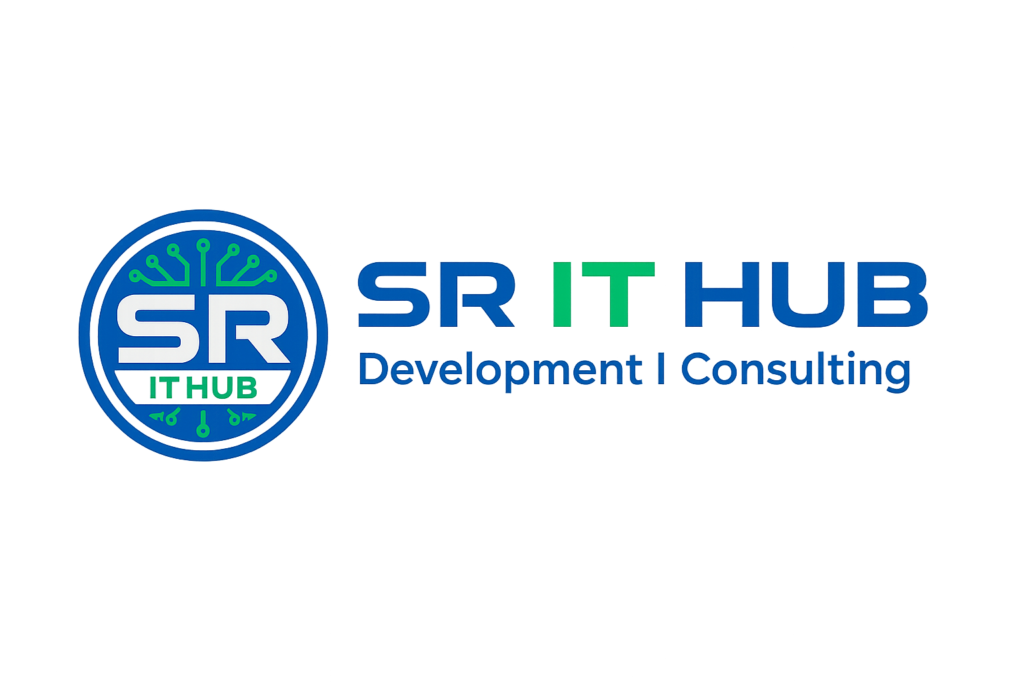ABSTRAT:
Soaring healthcare costs and the growing demand for services require us to use healthcare resources more efficiently. Randomness in resource requirements makes the care delivery process less efficient. Our aim is to reduce the uncertainty in patients’ resource requirements, and we achieve that objective by classifying patients into similar resource user groups. In this article, we develop a two-stage classification model to classify patients into lower variability resource user groups by using electronic patient record. There are various statistical tools for classifying patients into lower variability resource user groups. However, classification and regression tree (CART) analysis is a more suitable method for analysing healthcare data because it has some distinct features. For example, it can handle the interaction between predictor variables naturally, it is non- parametric in nature, and it is relatively insensitive to the curse of dimensionality. We found that the CART analysis is also useful for determining the patient attributes that can explain the variability in resource requirements. Furthermore, we observed that some of the covariates, such as the principal prescribed procedure code, the admission point, and the operating surgeon, were able to explain up to 53.43% of the variability in patients’ lengths of stay (LOS). Reducing the uncertainty in patients’ LOS predictions helps us manage patient flow efficiently and subsequently obtain a better throughput.
EXISTINGSYSTEM: :
Many researchers have worked on identifying a relationship between healthcare LOS and patient attributes. Tang, Luo, and Gardiner [8] fitted Coxian distributions to acute myocardial infarction patients’ LOS data and computed the partial effect of various covariates on the mean LOS. Furthermore, they fitted a Coxian PH regression model to compute the posterior mean of intercept and coefficients of various covariates. Clark and Ryan [9] fitted a piecewise exponential model to predict the probability of hospital mortality and the LOS by using various patient attributes or risk factors on admission. Carter and Potts [10] used a Poisson regression model and a negative binomial model to predict the LOS of knee replacement surgery patients from patient attributes such as age, gender, ethnicity, deprivation, and consultant. Rouzbahman, Jovicic and Chignell [11] used k-mean clustering as a pre-processing of the data to improve predictions from the regression analysis. Ridley et. al. [12] found that classification and regression tree (CART) analysis is useful for classifying ICU patients into iso-resource user groups. They used the source of admission, age, and specialty as independent variables and the ICU LOS as a dependent variable.
EXISTING SYSTEM DISADVANTAGES:
1.LESS ACCURACY
2. LOW EFFICIENCY
PROPOSED SYSTEM :
the variability in their LOS is large, and the average LOS is a poor predictor of each individual’s LOS. Iskane and Rajagopalan [16] observed that classifying patients according to their surgery type lumped together patients whose resource requirements were completely different. Litvak [17] found that each patient responded differently to the same treatment. He defined this variation as clinical variability and stated that it was unavoidable. We agree with Litvak that there is some clinical variability among patients. Because of the clinical variability, it is very difficult to predict each patient’s LOS accurately. However, we can eliminate the effect of all other eliminable sources of variability, such as the variability due to inappropriate clustering. By clustering patients into appropriate lower-variability LOS groups, we can improve the accuracy of predictions and subsequently improve the strategic planning
PROPOSED SYSTEM ADVANTAGES:
1.HIGH ACCURACY
2.HIGH EFFICIENCY
SYSTEM REQUIREMENTS
SOFTWARE REQUIREMENTS:
• Programming Language : Python
• Font End Technologies : TKInter/Web(HTML,CSS,JS)
• IDE : Jupyter/Spyder/VS Code
• Operating System : Windows 08/10
HARDWARE REQUIREMENTS:
Processor : Core I3
RAM Capacity : 2 GB
Hard Disk : 250 GB
Monitor : 15″ Color
Mouse : 2 or 3 Button Mouse
Key Board : Windows 08/10

